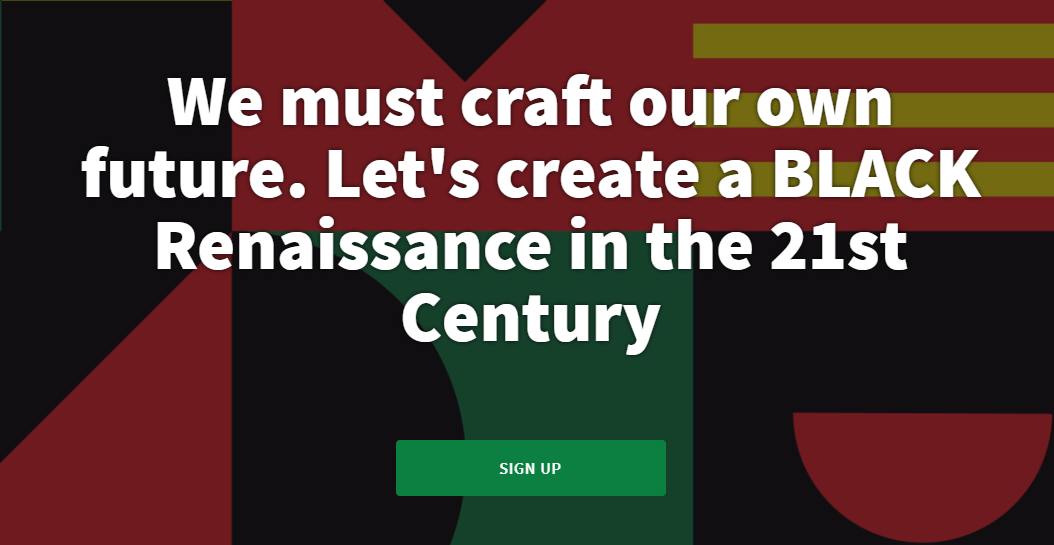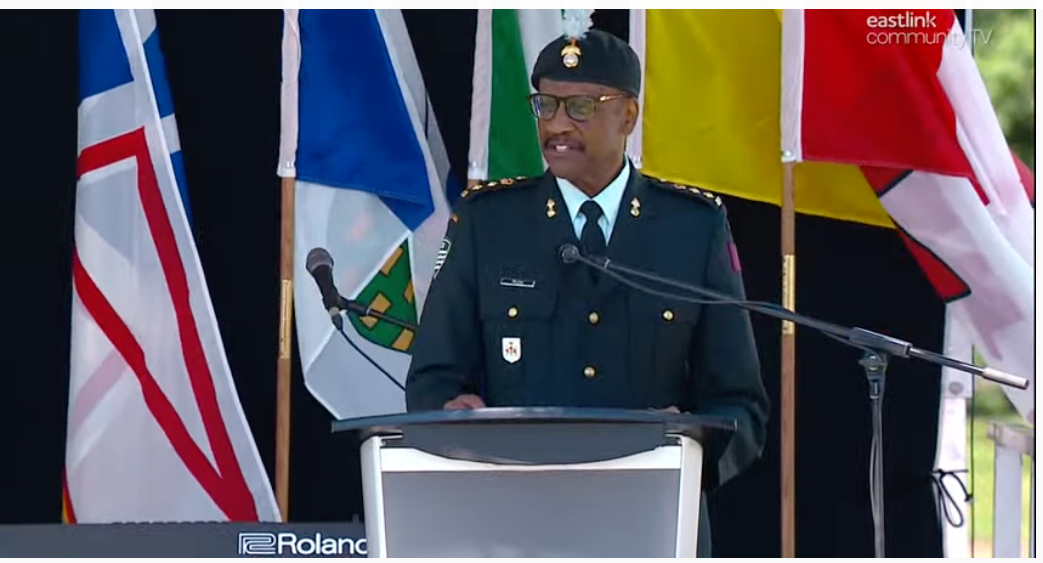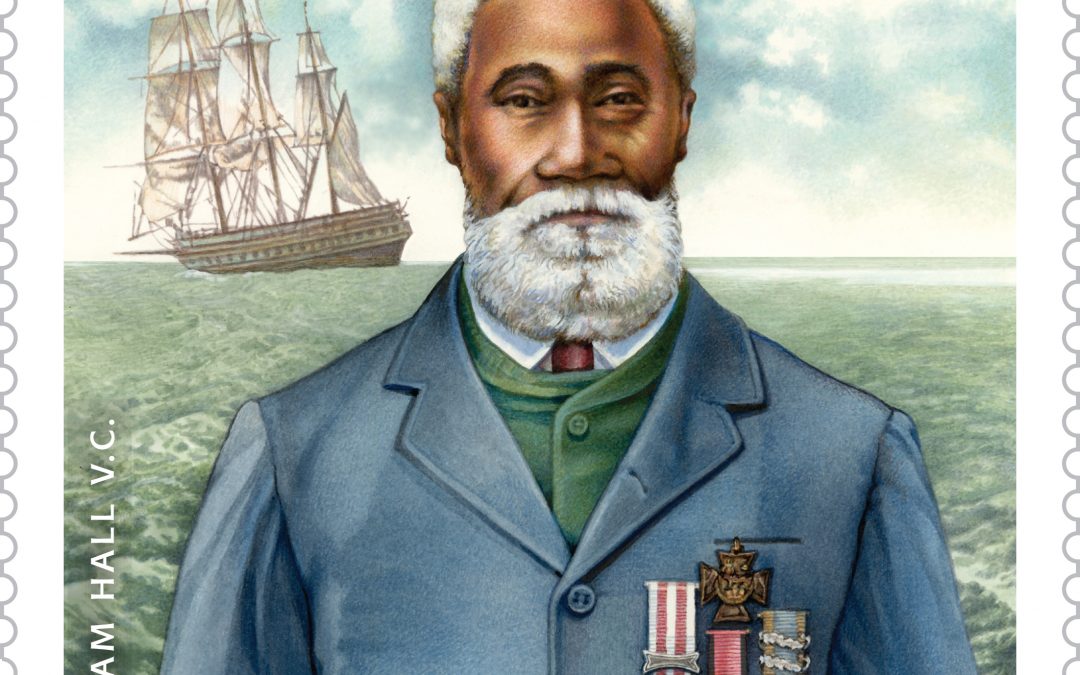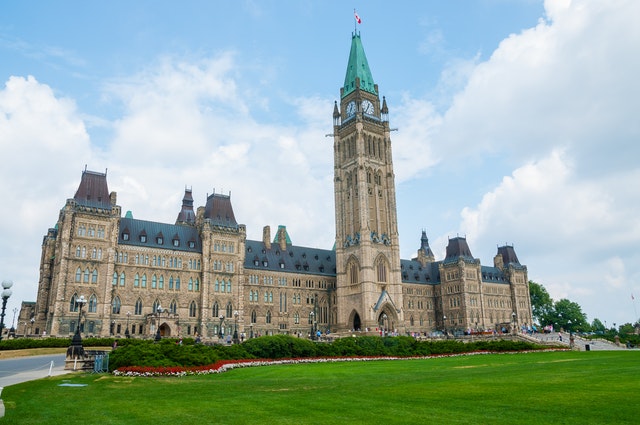Media plays a significant role in shaping our perceptions, beliefs, and understanding of the world around us. For the Black community, accurate and diverse representation in the media is crucial for breaking down stereotypes, promoting unity, and fostering...







